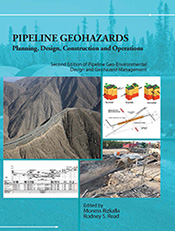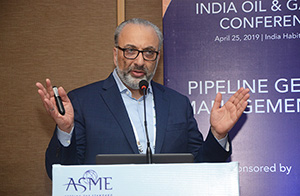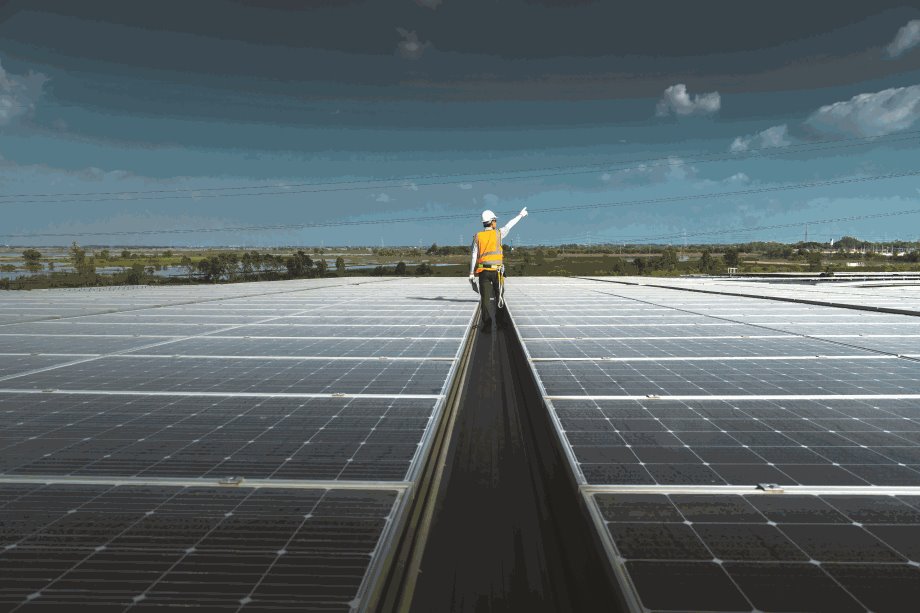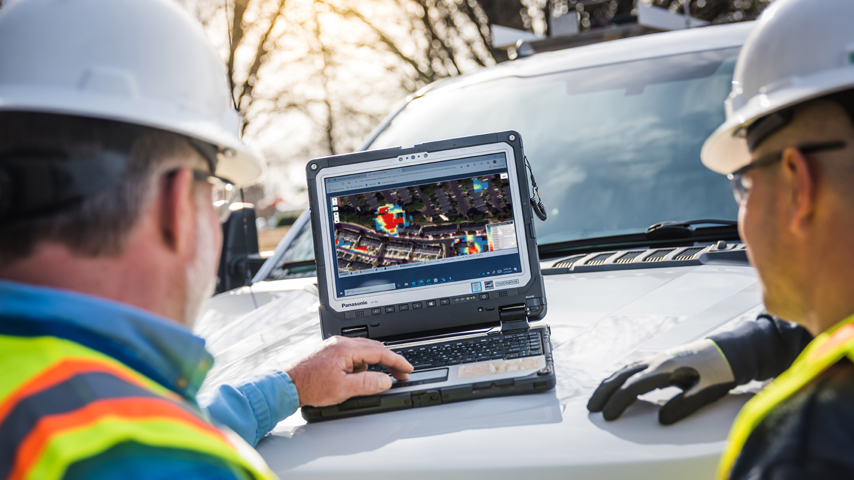New Book Offers an Updated Look at Pipeline Geohazards
New Book Offers an Updated Look at Pipeline Geohazards
A recently published book by ASME Press, Pipeline Geohazards: Planning, Design, Construction and Operations, explores issues related to the effects of geologic hazards ― such as landslides, earthquakes and flooding ― on pipeline performance and safety. The subject is a timely one, particularly for oil and gas professionals in the United States, where a string of geologic incidents have occurred during the past few years.
Edited and co-authored by ASME members Moness Rizkalla and Rodney S. Read, the new publication is an updated edition of the book Pipeline Geo-Environmental Design and Geohazard Management, which was originally published in 2008.
The new book, which at 824 pages is more than double the size of the original, is an extensively expanded and modified version of the original publication, addressing a broader range of pipeline geohazard management topics for practitioners in the global pipeline community with or without a geotechnical background. The book, which can be used as part of a post-graduate curriculum or professional training program, provides readers with a balance of both overviews of certain topics and more detailed treatment of other areas.
Pipeline Geohazards: Planning, Design, Construction and Operations is“a considerable expansion on the first edition, delving into previously addressed topics with greater depth as well as taking on numerous additional topics” including data management, erosion control, permafrost and seismic considerations, said Rizkalla, who is a former chair of the ASME Pipeline Systems Division. “It is intended as a state-of-the-art reference for practitioners in operating pipeline companies, as well as specialized pipeline engineering and geotechnical consultants involved in either the design and construction of new pipelines or the integrity management of operating pipelines.”
The book arrives at a time of increasing interest in the topic of pipeline geohazard management, particularly in the United States, Rizkalla said. This attention is presumably generated by a number of pipeline accidents caused by earth movement and other geological activity geological events that have occurred in the United States during the last few years. A recent issue of the Federal Register included an advisory bulletin from the U.S. Federal Pipeline Safety Regulatory Agency that noted several of them, including incidents that resulted in the release of more than 1,200 barrels of gasoline in Lycoming County, Pennsylvania, in October 2016; more than 12,600 barrels of crude oil in Billings County, North Dakota, in December 2016; more than 2,600 barrels of propane in Marshall County, West Virginia, in April 2018; and 165,000 MCF of natural gas near Moundsville, West Virginia, in June 2018.
In addition to the heightened awareness of the subject in the United States, interest is also strong in other regions around the world. “There are many places like South America and parts of Europe where there are a lot of geohazards at play, where pipelines can’t help but intersect with them,” Rizkalla said. “If you look at pipeline systems performance outside the U.S. and Canada, you find that one of the leading causes of rupture incidents are geohazards,” he added.
The new book offers comprehensive coverage of the subject of pipeline geohazards, addressing such topics as terrain analysis for corridor selection using data generation, integration and visualization techniques; geotechnical engineering and pipeline construction interface considerations; trenched and elevated river crossings; trenchless techniques for pipeline construction; and quantitative geohazard assessment, monitoring and mitigation of various mechanisms.
The volume also provides a practical overview for addressing several critical pipeline geohazard mechanisms ― namely buoyancy control, erosion and sediment control, pipelines in permafrost, and the assessment and mitigation of seismic geohazards ― and includes a bibliography of related publications from prominent pipeline conferences.
In addition, Pipeline Geohazards: Planning, Design, Construction and Operations features a chapter titled “Invited Perspectives,” which includes a number of essays providing the viewpoints from acknowledged thought leaders in the international pipeline industry.
W. R. (Bill) Byrd, P.E., chair of the 2020 International Pipeline Conference (IPC), noted that much of the research cited in this book has been published and presented at various times at the IPC. “I’m happy to see so much of this important material compiled in one place,” he said.
ASME members can purchase Pipeline Geohazards: Planning, Design, Construction and Operations (Order No. 861790) for $239 ― $60 off the book’s list price.
For more information on Pipeline Geohazards: Planning, Design, Construction and Operations, or to purchase a copy, visit www.asme.org/publications-submissions/books/find-book/pipeline-geohazards-planning-design-construction-operations.
- Ben Bahner, ASME News





